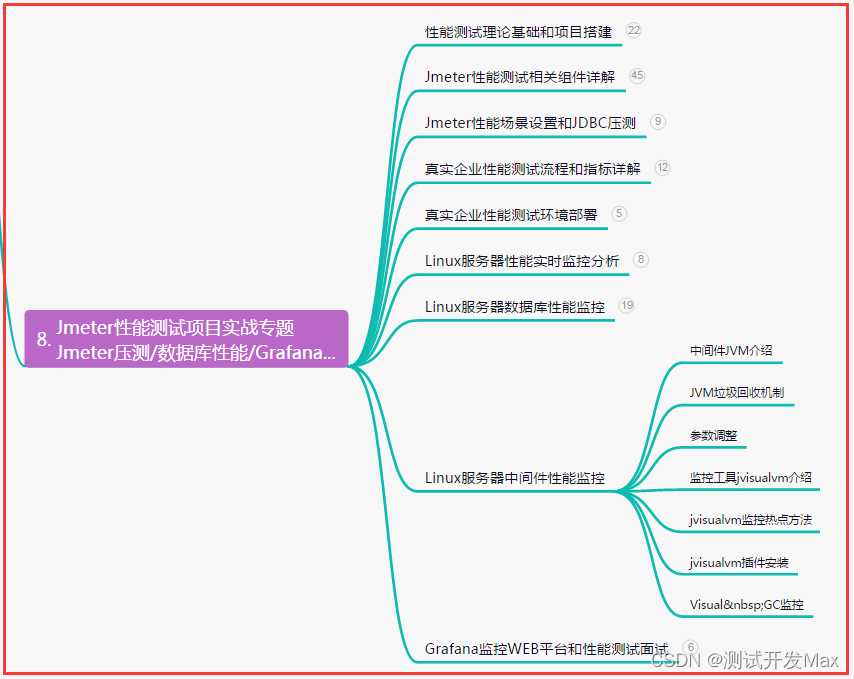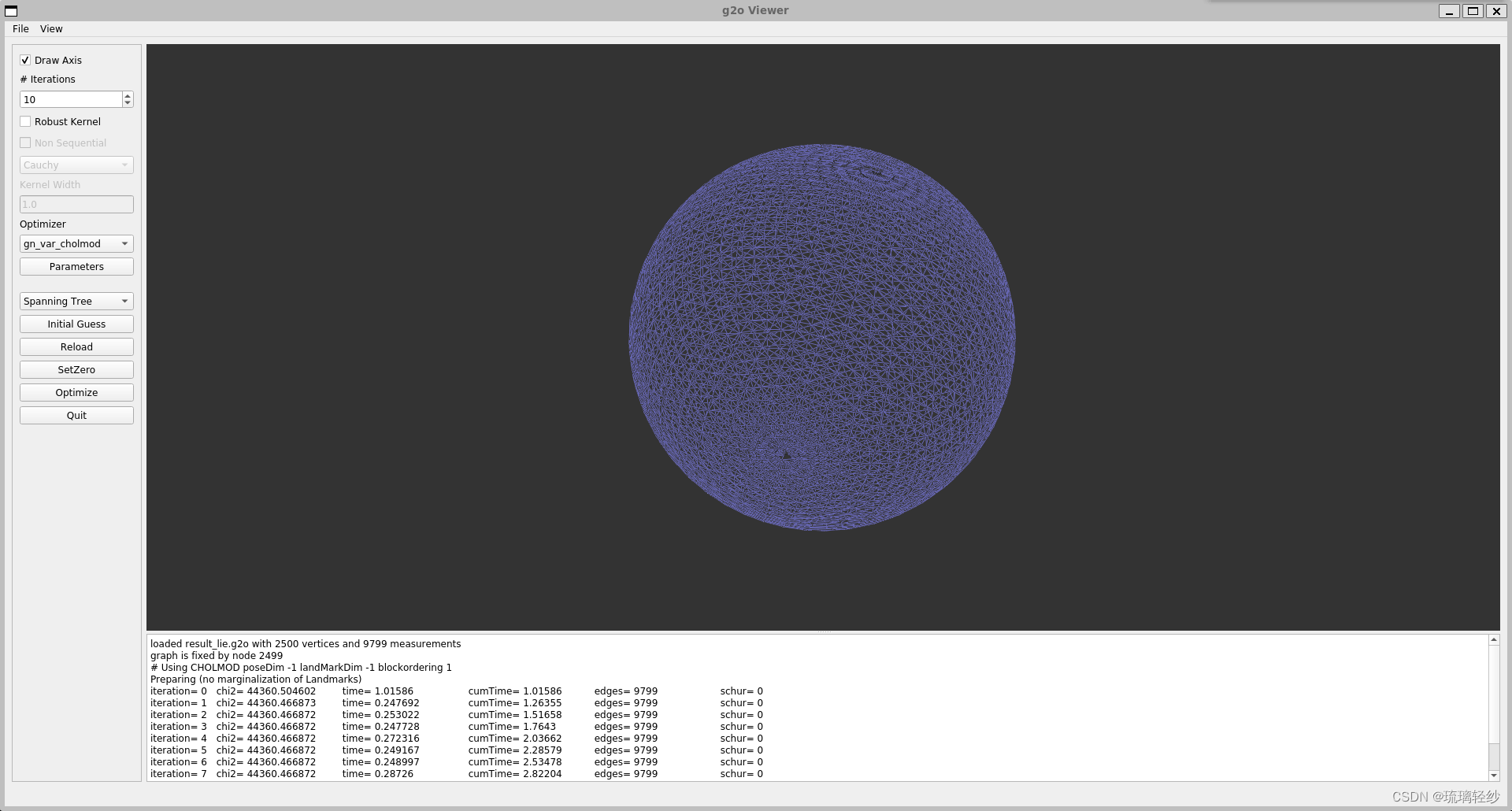====================基本知识=======================
LK是(L)ittle (K)ernel的缩写。
高通平台android普遍采用LK作为其bootloader,LK是一个开源项目。但是,LK只是整个系统的引导部分,所以它不是独立存在。LK是一个功能及其强大的bootloader,但现在只支持arm和x86平台。
LK的一个显著的特点就是它实现了一个简单的线程机制(thread),和对高通处理器的深度定制和使用。
====================源码架构=======================
app //主函数启动app执行的目录,第一个app在app/aboot/aboot.c中
arch //体系代码包含x86和arm
dev //设备目录,包含显示器,键盘,net,usb等设备的初始化代码
include //头文件
kernel //kernel/main.c主函数以及kernel/thread.c线程函数
lib //库文件
make //编译规则
platform //不同平台代码mdmxxx,msmxxx,apqxxx,qsdxxx,还有共享的目录msm_shared
project //整个工程的编译规则
target //通用init.c,具体目标板的初始化(主要为板子设备资源init.c代码中),编译规则代码(一级s810.mk二级hdc8094.mk)
====================程序执行流程============================
主函数lk/kernel/main.c
/* called from crt0.S */
void kmain(void) __NO_RETURN __EXTERNALLY_VISIBLE;
void kmain(void) //从kmain函数开始执行
{
thread_init_early(); // 线程初始化
arch_early_init(); //平台体系x86或者arm初始化,类似uboot的第一阶段汇编,在arch/arm下面实现
实现功能:关闭cache,设置异常向量,mmu初始化,打开cache
// do any super early platform initialization
platform_early_init();----> //开始涉及到具体平台
void platform_early_init(void){board_init(); //目标平台板的初始化platform_clock_init(); //平台时钟初始化msm8994_clockqgic_init(); //通用IO通道初始化qtimer_init(); //时钟初始化scm_init(); //单片机初始化}
// do any super early target initialization
target_early_init(); //只初始化串口为了打印信息,与后面的target_init对应
以上采用层层递进的关系进行初始化
dprintf(INFO, "welcome to lk\n\n"); //开始进入LK,INFO级别在console打印
// initialize the threading system
dprintf(SPEW, "initializing threads\n"); //SPEW级别在console口不打印
thread_init();
// initialize the dpc system
dprintf(SPEW, "initializing dpc\n");
dpc_init();
// initialize kernel timers
dprintf(SPEW, "initializing timers\n");
timer_init();
// create a thread to complete system initialization -->创建线程完成系统初始化,跳转到第二阶段
dprintf(SPEW, "creating bootstrap completion thread\n");
/*jump to bootstrap2*/
thread_resume(thread_create("bootstrap2", &bootstrap2, NULL, DEFAULT_PRIORITY, DEFAULT_STACK_SIZE));
// become the idle thread //变成空闲线程
thread_become_idle();
}
static int bootstrap2(void *arg)
{
platform_init(); ---> void platform_init(void) //msm8994
{dprintf(INFO, "platform_init()\n");#if ENABLE_XPU_VIOLATIONscm_xpu_err_fatal_init();#endif}
target_init(); //各种板子资源初始化,mmc,sdc,usb,volumn等---->
//里面最重要的是mmc的初始化 target_sdc_init();//还有RPM rpm_smd_init();
dprintf(SPEW, "calling apps_init()\n");//app初始化以及启动app
apps_init();//开始执行app/aboot.c中的aboot_init函数
}
接下来开始执行app/aboot/aboot.c
在amboot.c的源码最底端: APP_START(aboot) //可以看出上述的app启动的第一个就是aboot_init
.init = aboot_init,
APP_END
/* each app needs to define one of these to define its startup conditions */每个app需要的定义
struct app_descriptor {
const char *name;
app_init init;
app_entry entry;
unsigned int flags;
};
开始研究aboot_init函数:
void aboot_init(const struct app_descriptor *app)
{
/* Setup page size information for nv storage */首先判断从哪启动emmc还是flash
if (target_is_emmc_boot())
{
page_size = mmc_page_size();
page_mask = page_size - 1;
}
else
{
page_size = flash_page_size();
page_mask = page_size - 1;
}
read_device_info(&device); //读取设备信息
/* Display splash screen if enabled */
#if DISPLAY_SPLASH_SCREEN //初始化显示屏
dprintf(SPEW, "Display Init: Start\n");
target_display_init(device.display_panel);
dprintf(SPEW, "Display Init: Done\n");
#endif
target_serialno((unsigned char *) sn_buf); //获取串口号
dprintf(SPEW,"serial number: %s\n",sn_buf);
memset(display_panel_buf, '\0', MAX_PANEL_BUF_SIZE);
/*如果用户强制重启是进入正常模式的,不会进入fastboot模式,然而在实现中该函数返回0,不执行* Check power off reason if user force reset,* if yes phone will do normal boot.*/if (is_user_force_reset())goto normal_boot;
接下来就做一些除了boot up之外的一些事情, 这里面主要判断组合按键,其中可以进入dload(livesuit)模式和recovery模式
其中recovery模式 进入Linux内核,启动recovery映像,通过界面选择烧写的软 件包update.zip
注:android镜像烧写总共有三种:fastboot(调试用),livesuit(下载整个镜像),recovery(启动recovery镜像)
然后判断是正常启动还是非正常启动,如果正常启动就recovery_init然后直接启动内核(包括传参)
两种情况:emmc和flash启动
if (target_is_emmc_boot())
{
if(emmc_recovery_init())
dprintf(ALWAYS,"error in emmc_recovery_init\n");
if(target_use_signed_kernel())
{
if((device.is_unlocked) || (device.is_tampered))
{
#ifdef TZ_TAMPER_FUSE
set_tamper_fuse_cmd();
#endif
#if USE_PCOM_SECBOOT
set_tamper_flag(device.is_tampered);
#endif
}
}
boot_linux_from_mmc(); ---->lk的启动画面也在里面,其实就是完成启动前的最后准备工作
}
else
{
recovery_init();
#if USE_PCOM_SECBOOT
if((device.is_unlocked) || (device.is_tampered))
set_tamper_flag(device.is_tampered);
#endif
boot_linux_from_flash();
}
如果是非正常启动就进入fastboot模式,之前进行fastboot命令的注册以及启动fastboot
/* register aboot specific fastboot commands */注册fastboot命令
aboot_fastboot_register_commands();
/* dump partition table for debug info */
partition_dump();
/* initialize and start fastboot */初始化fastboot以及启动
fastboot_init(target_get_scratch_address(), target_get_max_flash_size());
}
现在分析fastboot_init函数做些什么工作:
int fastboot_init(void *base, unsigned size)
{
/* target specific initialization before going into fastboot. */进入fastboot前的目标板初始化
target_fastboot_init();
/* setup serialno */创建串口号
target_serialno((unsigned char *) sn_buf);
dprintf(SPEW,"serial number: %s\n",sn_buf);
surf_udc_device.serialno = sn_buf;
/* initialize udc functions to use dwc controller */初始化usb控制器, 因为fastboot和板子通过usb进行通信
/* register udc device */注册usb controller设备
/* register gadget */注册gadget
thr = thread_create("fastboot", fastboot_handler, 0, DEFAULT_PRIORITY, 4096);//创建线程
----> static int fastboot_handler(void *arg)
{for (;;) {event_wait(&usb_online);//等待usb连接fastboot_command_loop();//循环处理fastboot命令}return 0;}
}
大多数fastboot命令cmd_xxx是在aboot.c中实现的,然后进行注册
现在分析 boot_linux_from_mmc函数做些什么工作:
struct boot_img_hdr
{
unsigned char magic[BOOT_MAGIC_SIZE];
unsigned kernel_size; /* size in bytes */
unsigned kernel_addr; /* physical load addr */
unsigned ramdisk_size; /* size in bytes */
unsigned ramdisk_addr; /* physical load addr */
unsigned second_size; /* size in bytes */
unsigned second_addr; /* physical load addr */
unsigned tags_addr; /* physical addr for kernel tags */
unsigned page_size; /* flash page size we assume */
unsigned dt_size; /* device_tree in bytes */
unsigned unused; /* future expansion: should be 0 */
unsigned char name[BOOT_NAME_SIZE]; /* asciiz product name */
unsigned char cmdline[BOOT_ARGS_SIZE]; //串口的传参在这里
unsigned id[8]; /* timestamp / checksum / sha1 / etc */
};
现在研究串口cmdline在哪打印的:
void boot_linux(void *kernel, unsigned *tags,
const char *cmdline, unsigned machtype,
void *ramdisk, unsigned ramdisk_size)
{
final_cmdline = update_cmdline((const char*)cmdline);
}
void aboot_init(const struct app_descriptor *app)
{
bool boot_into_fastboot = false; //判断是否进入fastboot模式
#if UART_INPUT_INTO_FASTBOOT
char getc_value;
#endif
#if UART_INPUT_INTO_FASTBOOT // 经测验,按键f要一直按住,否则很难检测到,后续可以考虑延迟一段时间
if(dgetc(&getc_value, 0) >= 0) {
if(getc_value == 'f') {
boot_into_fastboot = true;
dprintf(INFO,"keyboard is pressed, goto fastboot mode!\n");
}
}
#endif
}
后续待完善!






